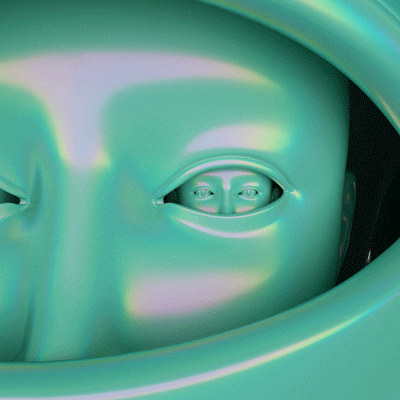Extraoridnary Senses
We think of our senses as being "hard-wired", but not everyone senses the same way. Get started to learn more.
* * *
How do your senses relate to each other, if at all?
How do our senses connect?
People often think of our senses as being separate, but they very often work together. For some people, they are connected all the time.
* * *
Synaesthesia
The word synaesthesia comes from the Greek syn- (together) and -aesthesis, to feel. Synaesthetes feel two or more senses simultaneously, even when they are only stimulated in one. For example, they might smell colours. It's estimated 4-5% of the population have some kind of synaesthesia.
What is synaesthesia like?
Watch this short video narrated by scientist Richard Cytowic to learn more.
To synaesthetes, their experiences are not only real, but feel ordinary - they often don't realise that not everyone can taste shapes, for example - just like you might not have realised some people can!
Synaesthesia is a super-charged version of cross-modal abilities we all have - it shares a cognitive underpinning with key abilities like understanding metaphor and coordinating actions.
I bet you had no trouble answering that...
It would feel like it looks - metallic, heavy, cold, and hard. How do you know if you've never touched it? You're using your previous experience and cross-modal abilities to make inferences about sensory properties of an object that you have never experienced. This ability is not only widespread in adult humans, but develops early on in infancy, and is found across the animal kingdom, from monkeys to rats.
More extraordinary sensory experience...
-
Autonomous Sensory Meridian Response (ASMR) is a pleasant tingling sensation many people get when hearing certain kinds of sounds.
-
Early studies estimate ASMR is potentially 10 times as common as synaesthesia (affecting 40% of people).
-
There may even be a flip side to ASMR: misphonia. This is an extreme negative reaction to hearing certain kinds of sounds.
-
Misphonia is often caused by things like eating sounds or rustling packaging. It's more than just annoyance, and can cause severe anxiety.
There's more...
We haven't even touched on private sensory experience, where there is also tremendous variation. While many people have no trouble bringing images to mind, others have no "mind's eye" - this is known as aphantasia. Likewise, while many of us can hear our inner monologue, for others this is only metaphorical.
Do you think most people have similar sensory experiences?
Extraordinary Senses
We hope you enjoyed learning more about extraordinary sensory experience!
* * *


